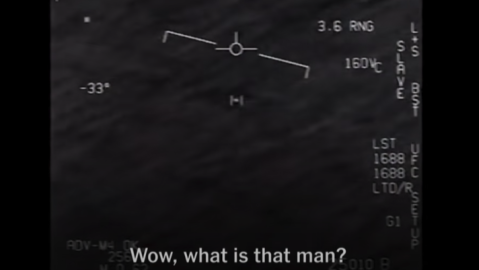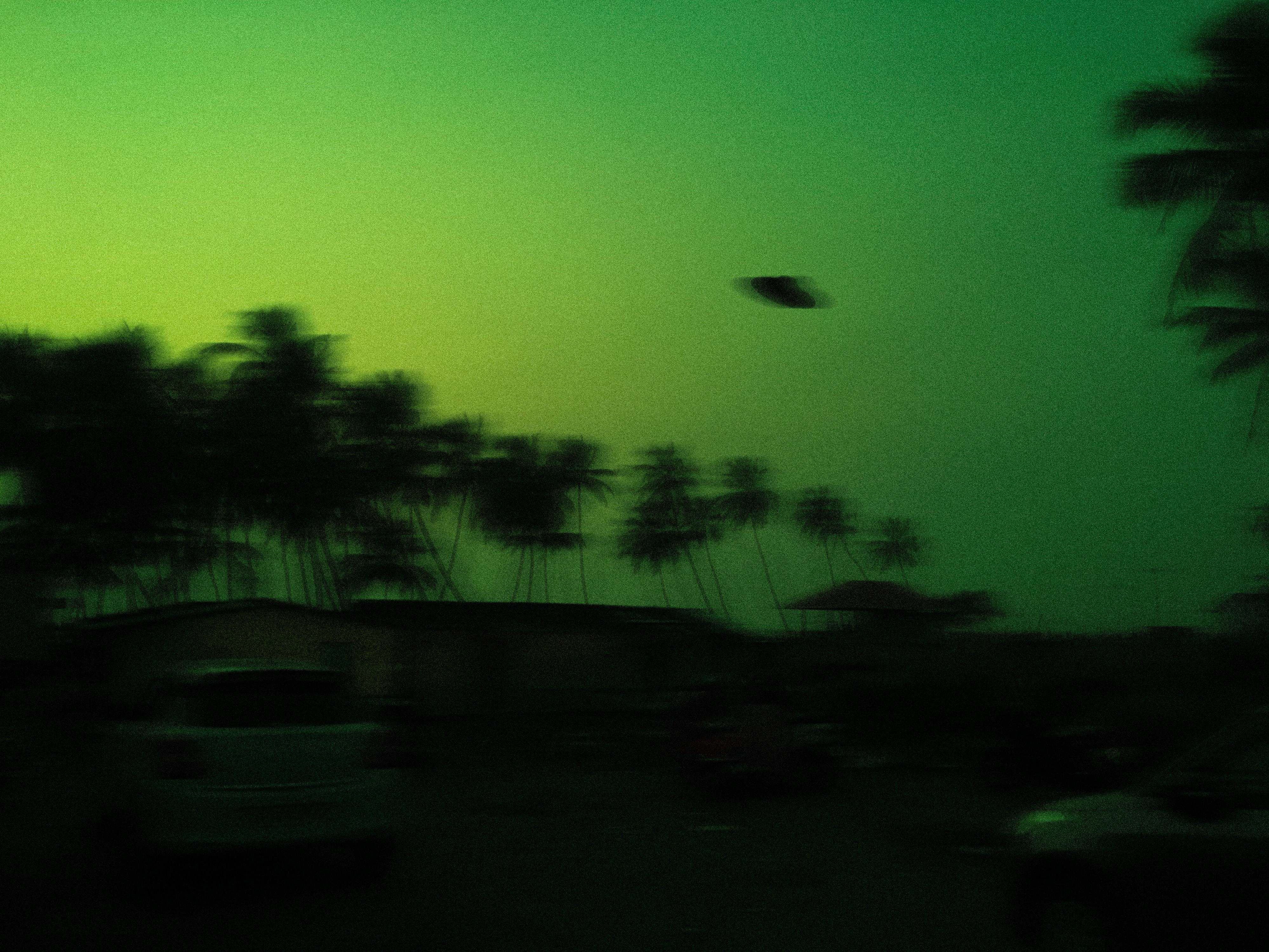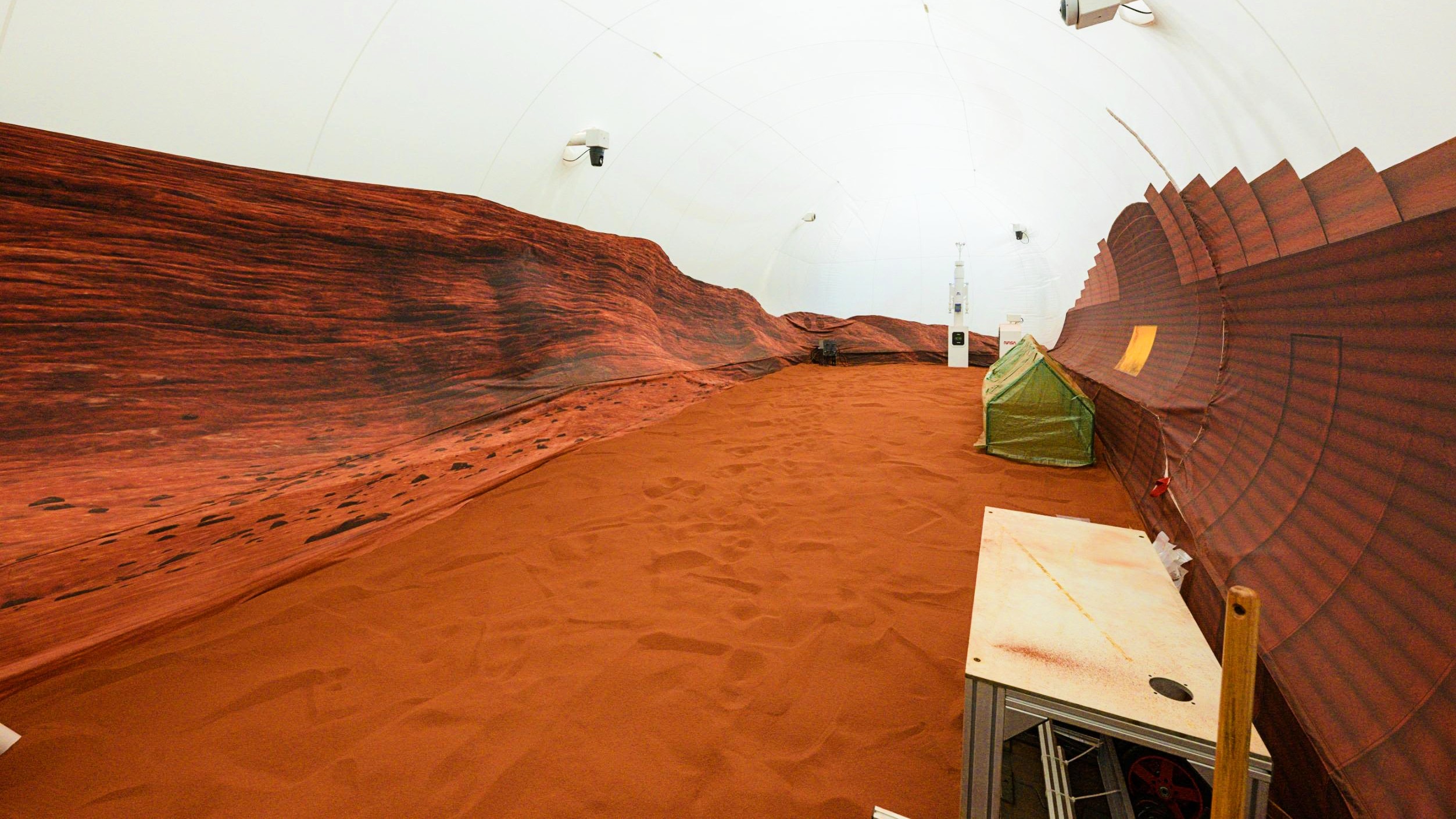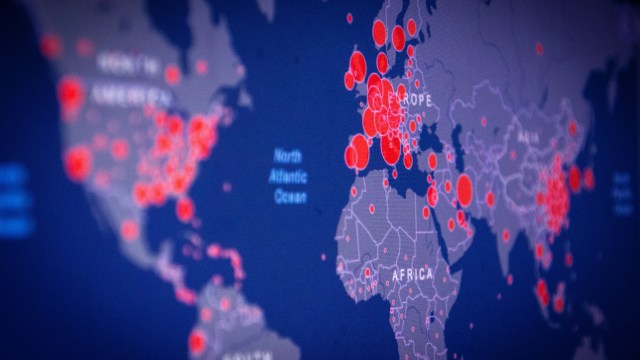U.S. to disclose UFO findings from Pentagon task force

- Since 2007, a Pentagon task force has been collecting data on unidentified aerial phenomenon.
- Earlier this year, the Pentagon published three videos showing encounters between Navy pilots and strange-moving flying objects.
- The former head of the Pentagon task force believes U.S. officials have collected artifacts from crashed aircraft.
In April, the Pentagon released three videos taken by Navy pilots showing unidentified flying objects. Government officials didn’t say the videos depicted alien spacecraft, nor did they say the objects were novel aircraft sent from a foreign nation. In short, the message was simply: nobody knows.
But the government wants to find out.
According to a recent Senate committee report, the Unidentified Aerial Phenomenon Task Force at the Office of Naval Intelligence will “standardize collection and reporting on unidentified aerial phenomenon” and disclose some of its findings to the public within 180 days of issuing reports.
This once-covert task force has, under multiple names, been studying “unidentified aerial phenomena” since at least 2007, according to a recent New York Times report. Defense Department officials had told the Times that the task force had run out of funding in 2012. But the Times later spoke to people involved with the program who said it had never stopped studying unexplained aerial phenomena.
The Senate report frames unidentified aerial phenomena as a potential threat to national security. Senator Marco Rubio told the Times that the U.S. needs to study these sightings in case a foreign nation, like China or Russia, has made “some technological leap” that “allows them to conduct this sort of activity.”
‘UFO’ videos captured by US Navy Jets Declassifiedyoutu.be
So, what might the task force disclose? Maybe not much more than what the government has already revealed. For example, the Pentagon videos from April (which The New York Times had first published in 2017 and 2018) show what some American pilots have called “Tic Tac” UFOs — fast, ovular aircraft that don’t fly like anything currently on the market.
“What we saw exceeded anything that we had in our inventory, far superior to the airplanes that we were flying in; at the time they were brand new,” David Fravor, a retired Navy pilot who said he encountered a Tic Tac UFO, told Fox News.
But interestingly, the new Times report describes how the former head of the Pentagon UFO task force, Luis Elizondo, is “among a small group of former government officials and scientists with security clearances who, without presenting physical proof, say they are convinced that objects of undetermined origin have crashed on earth with materials retrieved for study.”
The report also mentions Eric W. Davis, an astrophysicist at Aerospace Corporation who’s worked as a consultant for the Pentagon UFO program since 2007, and who’s authored multiple papers on theoretical advanced propulsion systems for the Air Force Research Laboratory. Davis said he’s briefed Defense Department officials as recently as March on “off-world vehicles not made on this earth.”
Twittertwitter.com
It’s hard to know what to make of such extraordinary claims. After all, unlike the Tic Tac videos, there’s no physical evidence suggesting the U.S. government has collected crashed aircraft. What’s more, it’s worth noting that in the public conversation about aliens or the supernatural, there have always been people with big claims but little (or zero) evidence to back them up. (Of course, if physical evidence did exist, it’d almost surely be classified.)
But what’s clear is that the U.S. government is becoming more transparent about the strange objects that have been appearing in American skies and over the Atlantic Ocean. That’s good news for UFO enthusiasts. Yet the scientific community doesn’t seem interested at all.
In an interview with Vox, political scientist Alexander Wendt described a “taboo” against scientists studying UFOs.
“…even though the Navy is now saying, ‘Hey, we’ve got UFOs on film, here they are,’ the scientists are still not going to study them,” Wendt said. “So there seems to be something blocking the scientific community from engaging this phenomenon, even though anything else even remotely this interesting would generate limitless research dollars.”
Wanted: A Science of UFOs | Alexander Wendt | TEDxColumbuswww.youtube.com
Still, after Wendt gave a TEDx talk on the need for scientific study on UFOs, he said he received many emails from individual scientists saying: “Thank you, we wish we could study this, but we can’t because our lives depend on getting grants from the government and other research institutes, and if anybody gets worried that we’re interested in UFOs, boom, they won’t get a cent and their careers will be in the tank.”
Could this taboo set back efforts to bolster national security? After all, these recent reports are coming from the same people in charge of protecting U.S. airspace, and they’re reporting objects that not only exceed modern technological capabilities, but also seem to defy our modern understanding of physics. If scientists react to these reports with the same eye-rolling that they’d give to tin-foil-hat conspiracy theorists, that seems like a problem.
As Senator Rubio told the Times, there might be a “completely, sort of, boring explanation” for the sightings, “but we need to find out.”





